My goal is that Live Simply Natural to be a resource to help you feel empowered when making food choices. I’m a big believer that eating a well-balanced diet is the best way to optimize your health. So I’m breaking down everything you need to know to unlock the nutritional powerhouse of the most common whole food ingredients. Today I’m sharing one of my fall and springtime favorites – FENNEL!
Produce Guide: Fennel
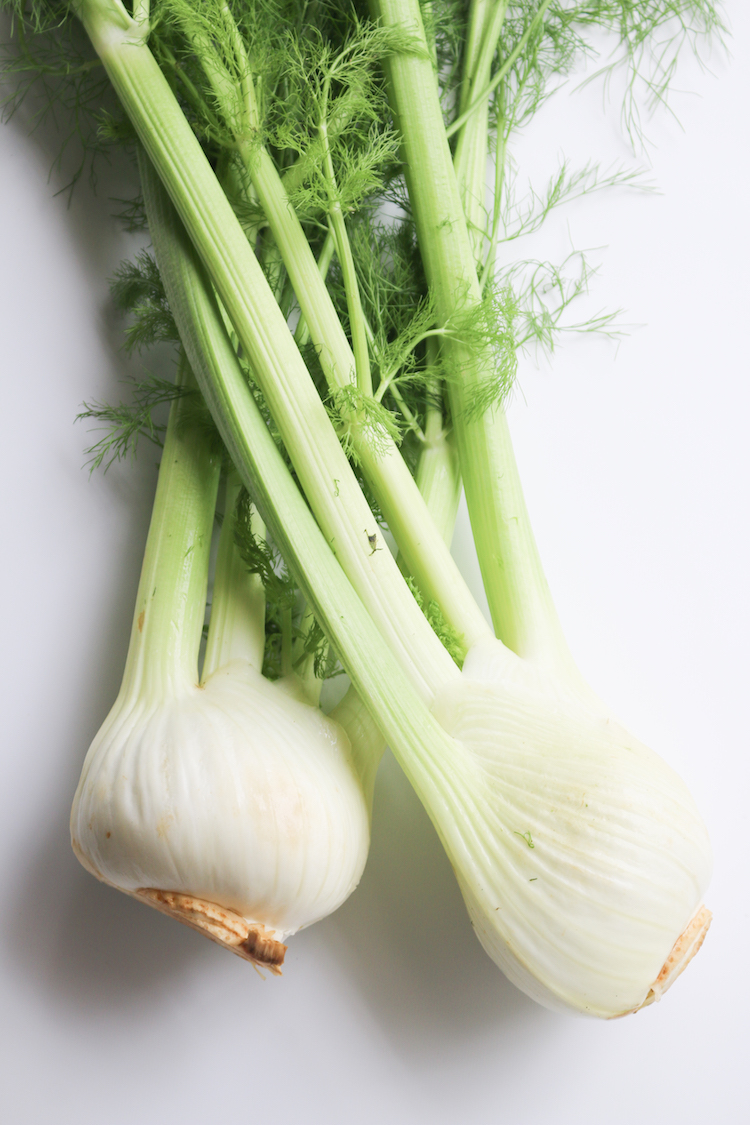
Fennel, a.k.a. sweet anise, is often available all year round but is at its best during its natural season from fall through early spring. Fennel is like a cross between an onion and a bunch of celery with tall green celery-like stalks and wispy dill-like leaves that has a light but distinct anise, or licorice, flavor. It’s super crisp and refreshing when raw, but melts into a savory sweetness when roasted or slow-cooked. All parts of the fennel plant, including the bulb, stalk, leaves, and seeds, are fully edible but vary both in favorite and texture. One of my favorite ways to eat fennel is chopped up and used in dishes that also feature citrus, or in any dish that reminds you of springtime.
-
HEALTH BENEFITS
Fennel is exceptionally high in fiber and rich in vitamins A, C, K, and many of the B vitamins our body needs. It contains high amounts of potassium, calcium, magnesium, manganese, folate, molybdenum, and manganese. Minerals like phosphorous, iron, zinc, and copper can also be found in fennel. Since fennel is rich in iron and histidine, it serves as a good natural remedy for anemia and the increased production of hemoglobin, which is needed to maintain healthy iron levels. The high potassium content and diuretic properties in fennel helps reduce high blood pressure and thus decrease the risk of heart attack and stroke. Fennel juice has been known to benefit nursing mothers with the increase production of breast milk for their infants. It contains nutrients that are anti-inflammatory and antispasmodic that can help relax and calm the muscles and nerves in the body.
NUTRIENT BREAKDOWN OF FENNEL
*raw fennel, 100g (source)
- Fiber | 3.1 g (12% DV)
- Protein | 1.2 g (2% DV)
- Carbohydrates | 7.3 g (2% DV)
- Vitamin C | 12 mg (20% DV)
- Vitamin A | 134 IU (3% DV)
- Folate | 27 mg (7% DV)
- Magnesium | 17 mg (4% DV)
- Potassium | 141 mg (12 % DV)
- Calcium | 49 mg (5 % DV)
- Iron | 0.7 mg (4% DV)
- Phosphorus | 50 mg (5% DV)
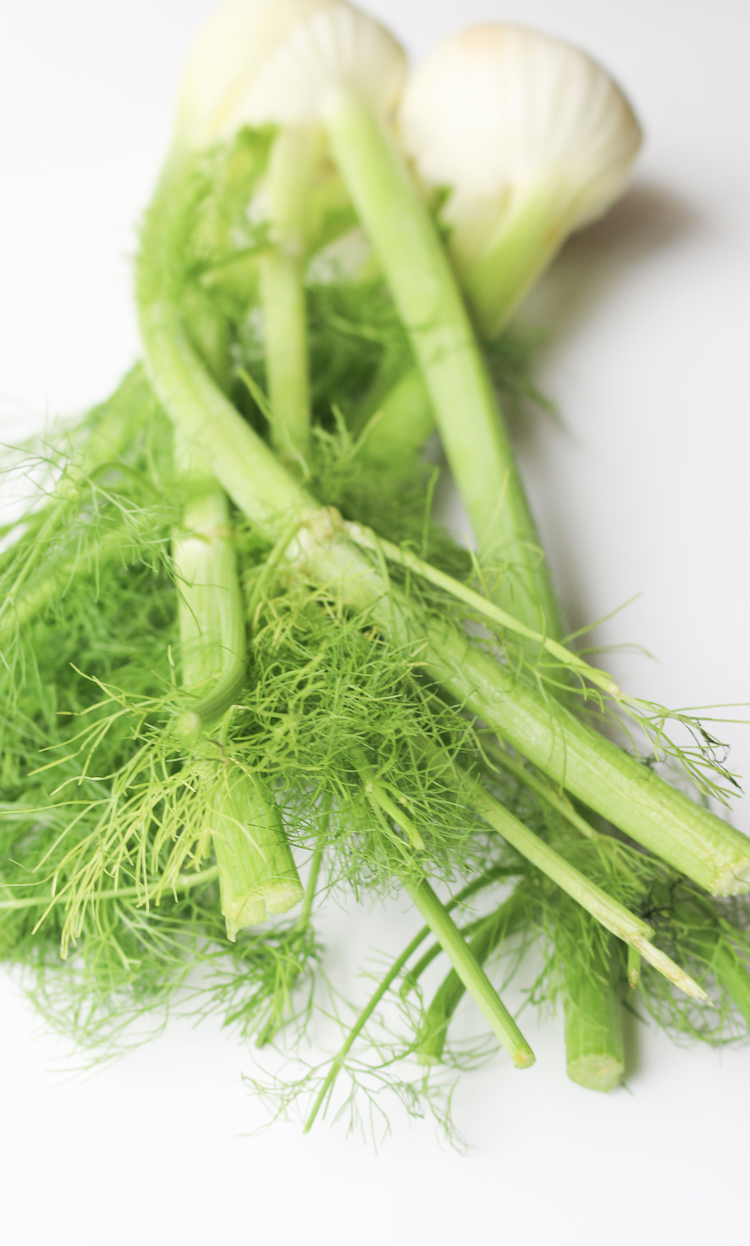
-
HOW TO BUY
When shopping for fennel, you should always look for the same things: Look for bright white, unblemished, firm bulbs that feel heavy for their size. Smaller bulbs tend to be sweeter and more tender, but large bulbs are often surprisingly tender, especially if you peel off the outer layer.; the bottom of the bulb shouldn’t have more than a trace of browning at most. I recommend buying fennel with the stalks still attached, but if it’s not available that way, check for cut ends that aren’t too dried out.
-
HOW TO STORE
Like lettuce and celery, fennel has a high water content that makes it prone to freezing in overly cold refrigerators. Store it loosely wrapped in a perforated plastic bag in the crisper drawer. When stored properly, fennel will last anywhere between 7-10 days. Avoid storing it next to ethylene gas–releasing fruits such as apples, apricots, melons, and figs.
-
HOW TO PREPARE
Wash your fresh fennel thoroughly in clear, cool water. Trim the bottom of the bulb and peel off any wilted or browning layers from the outside. Cut the bulb in half, lay the halves are their flat, cut sides, and quarter, slice, or chop as you like. If not using the stalks, save them to add to salads and stocks for later. The fronds have a delicate anise flavor and make a nice garnish; rinse them in cold water and pat dry with kitchen towels before using.
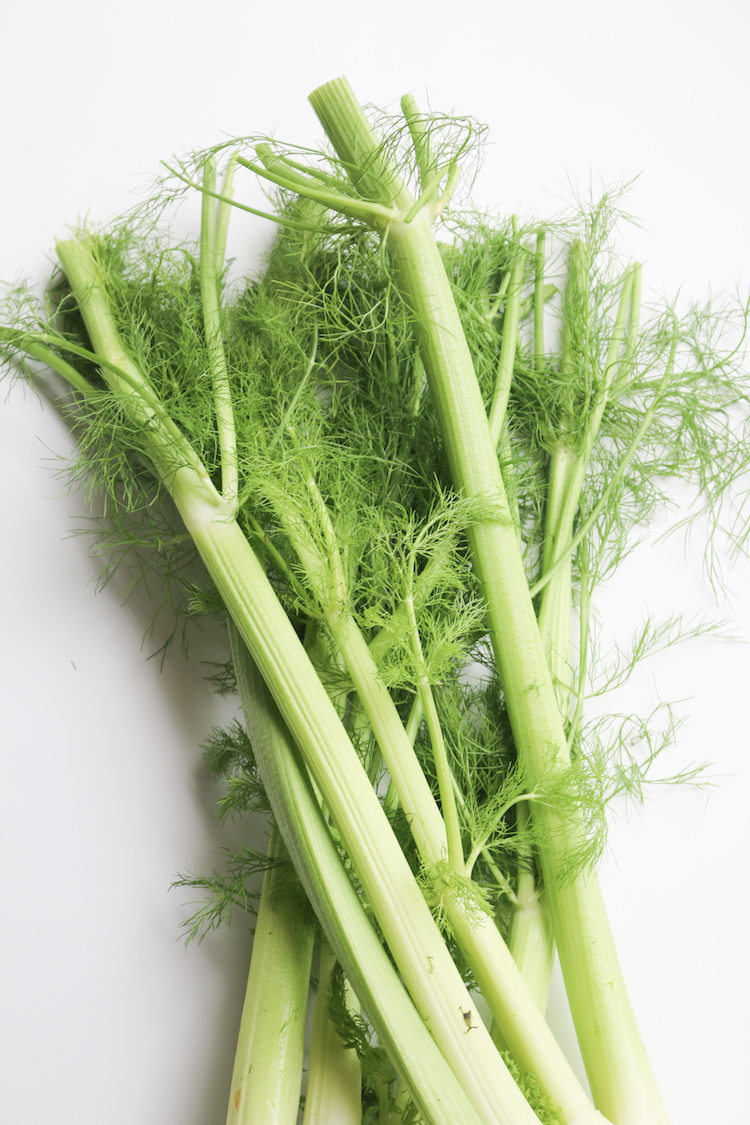

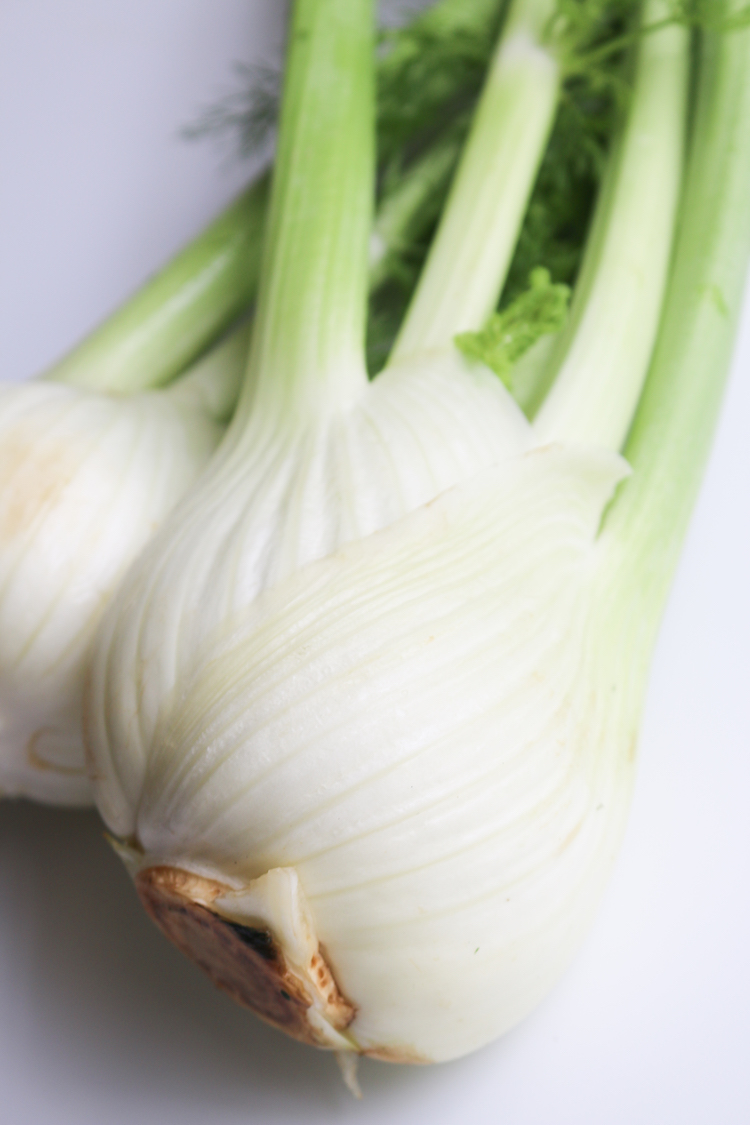
Fennel Recipes
Want to learn more ways to use fennel? Check out our favorite recipes here!
WHAT’S YOUR FAV?
What ingredient do you guys want to learn more about? And if you have a favorite way to eat fennel, tag @livesimplynatural or #livesimplynatural so the LSN community can get inspired by your dish too :)
Hugs,


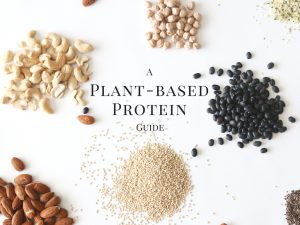

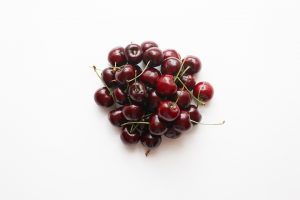
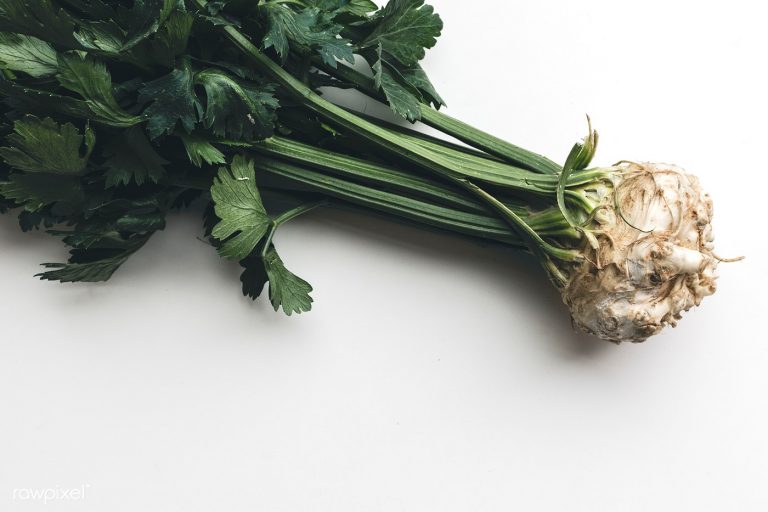
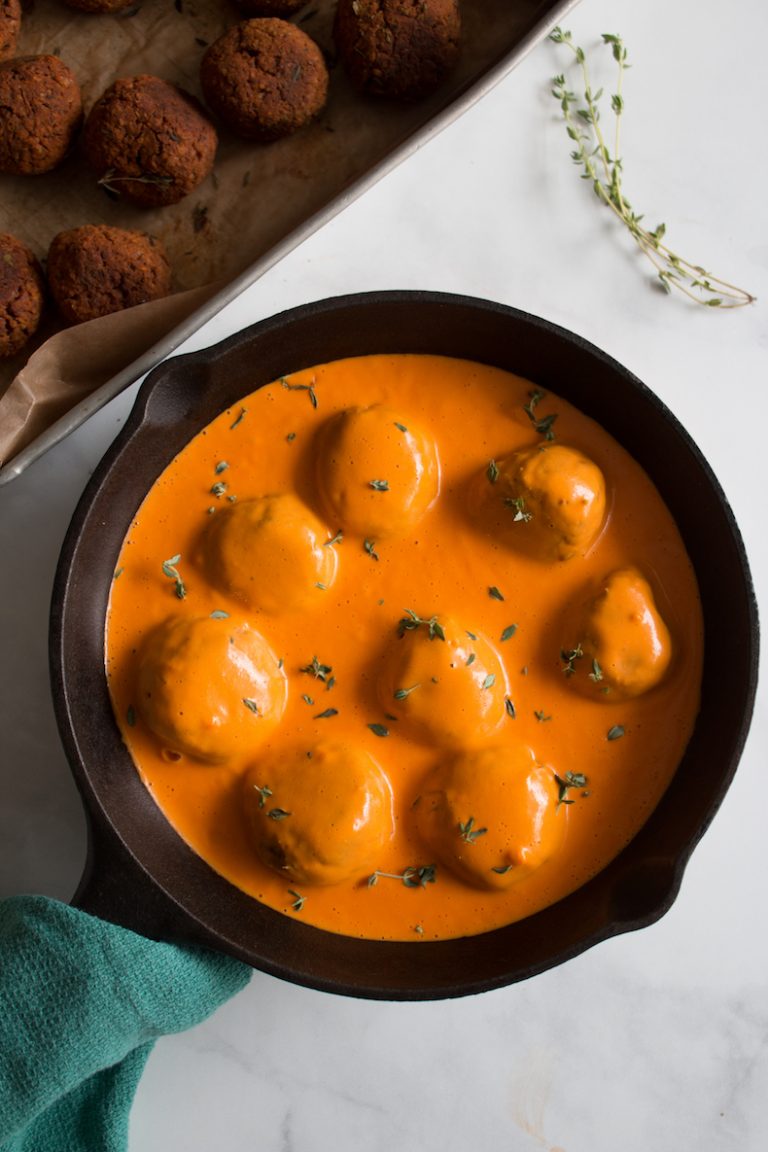
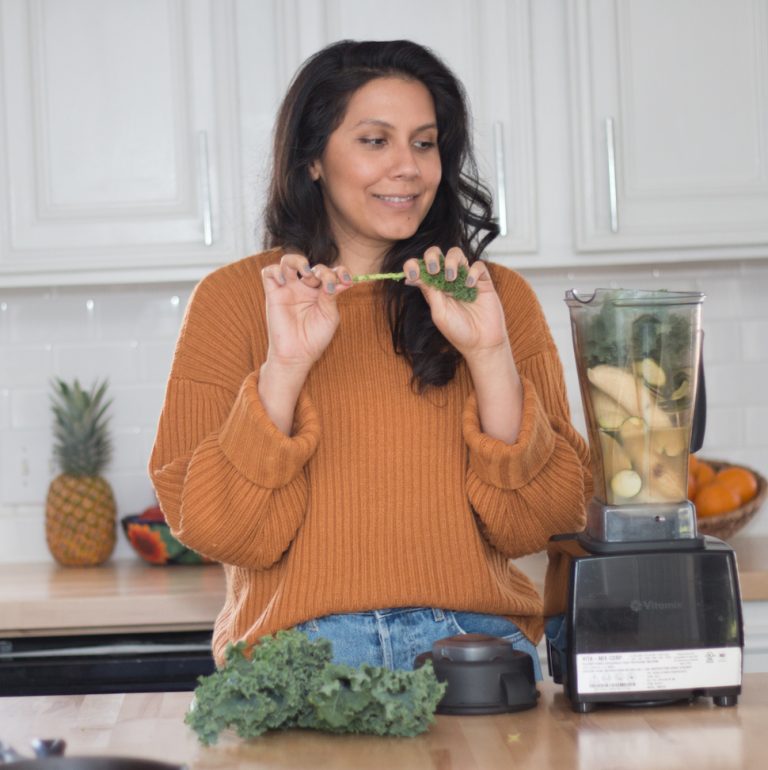
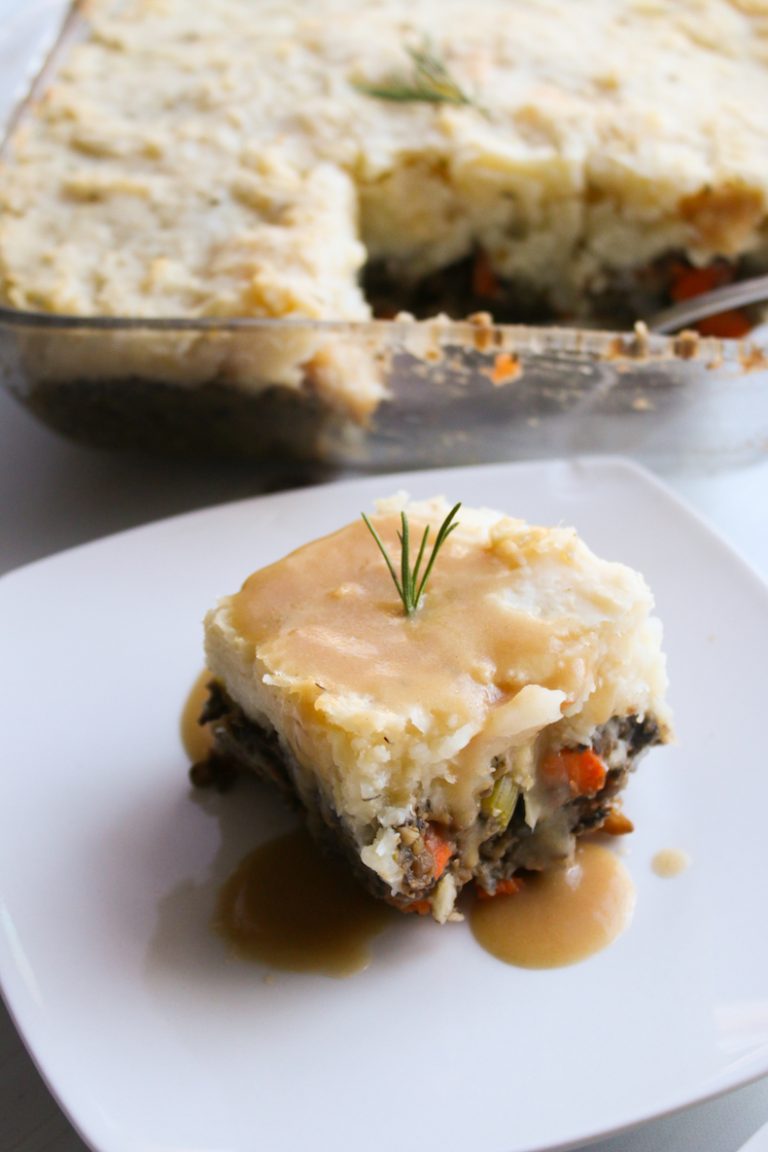
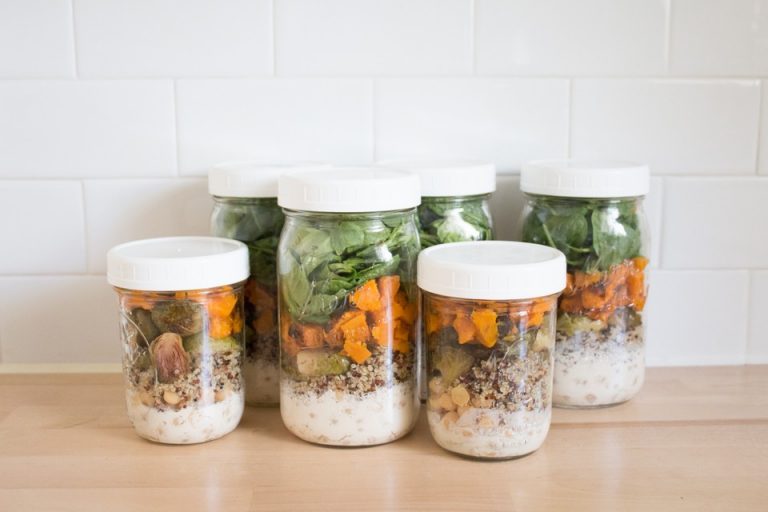


2 Comments